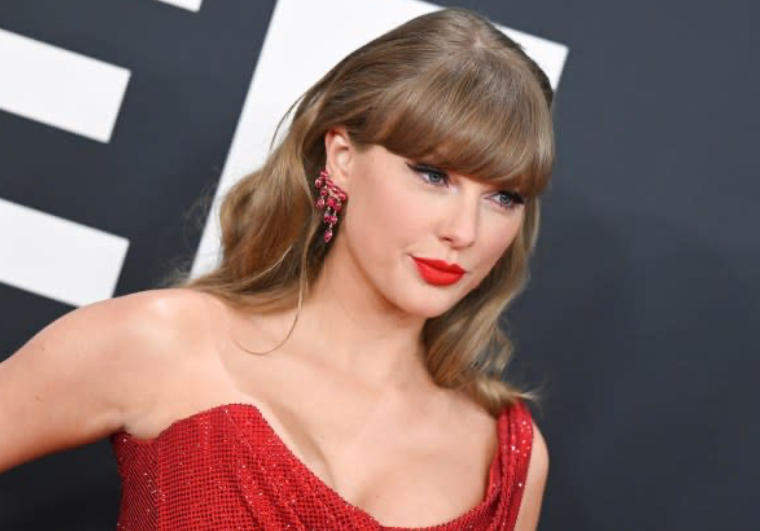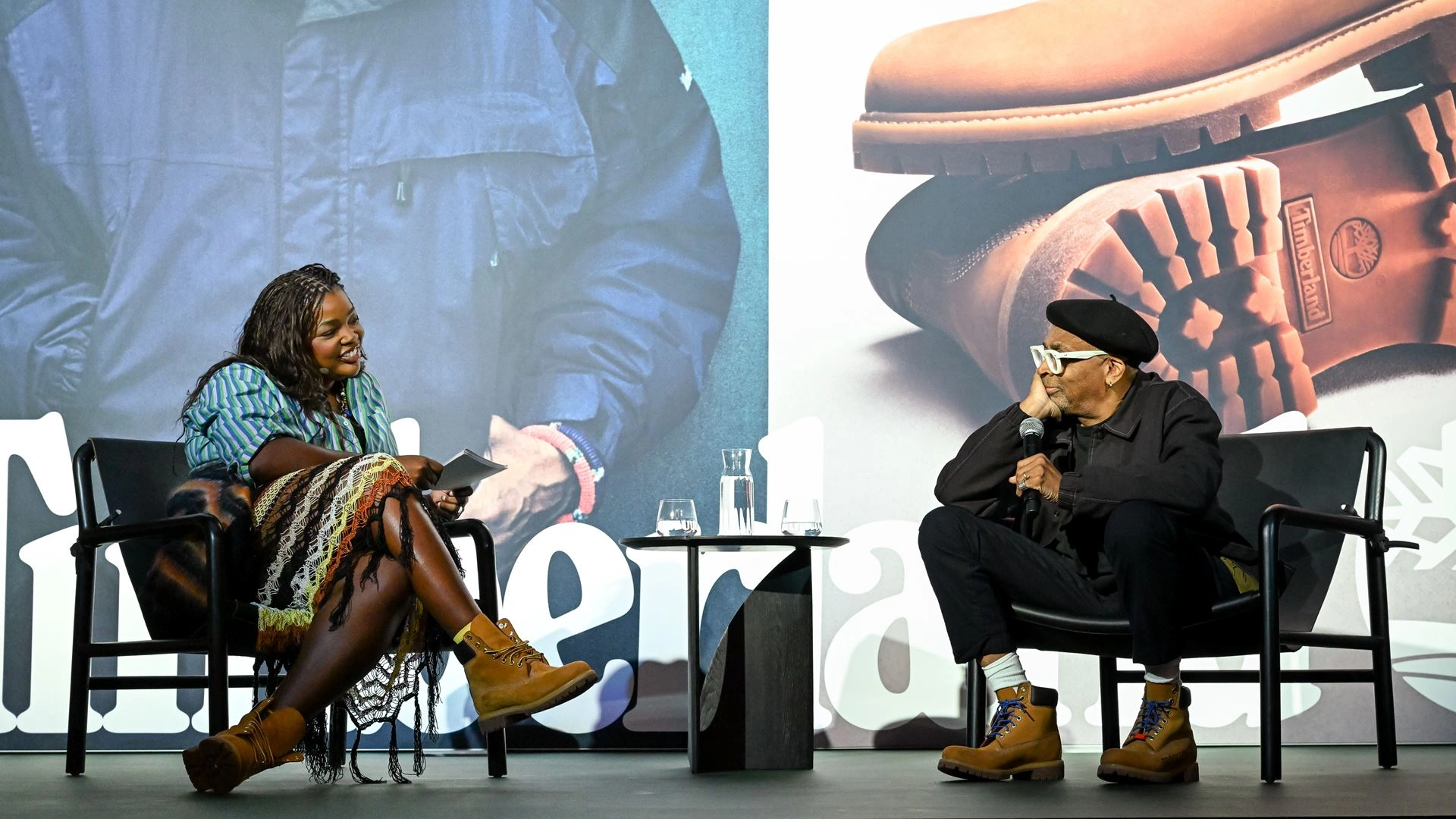In a night meant to celebrate the beating pulse of popular music, one voice was conspicuously absent from the winner’s podium: Taylor Swift. The 2025 American Music Awards unfolded with dramatic reversals, cultural realignments, and an audible shift in pop’s generational tide—none louder than Swift’s unexpected shutout. Despite six nominations, the pop titan went home empty-handed for the first time since 2007, a result that marks not a fall from grace but a new chapter in the long mythology of one of music’s most studied figures.
Swift’s absence from the winner’s circle sent minor shockwaves through an audience long accustomed to seeing her name dominate headlines and acceptance speeches alike. It was not merely a statistical anomaly—it was a cultural moment, one that offers an opportunity to examine her journey, the weight of her legacy, and what her symbolic silence at this year’s AMAs might signify about the future of pop and its shifting allegiances.
The Art of Losing (and Winning Anyway)
That Swift lost in five of six major categories—Artist of the Year, Album of the Year, Favorite Touring Artist, Favorite Female Pop Artist, and Favorite Pop Album—would be a footnote for any other artist. But for someone who has claimed a record 40 AMAs, including multiple wins in each of those exact categories, the loss cuts deeper than surface level.
The defeats were not trivial. Billie Eilish, the sweeping victor of the night, walked away with wins in nearly every category Swift was nominated for, a symbolic passing of the torch if there ever was one. Swift’s sole remaining nomination, Favorite Country Female Artist, also eluded her—closing the circle in the same category that marked her last loss at the AMAs eighteen years ago.
Yet in an industry where artists are as much brands as they are musicians, Swift’s relationship with award shows has always been complex. Her long-standing dominance at the AMAs reflected more than musical excellence; it reflected mass cultural capital—an ability to command, convert, and crystallize the sentiments of an entire generation. Losing, then, does not erase that. Rather, it reframes it: no longer the inevitability, Swift is once again the underdog, a status that has historically fueled her sharpest creative evolutions.
Legacy Beyond Trophies
To measure Swift’s influence solely by her wins is to miss the full architecture of her career. The statistics are staggering: over 200 million records sold, 14 Grammy Awards, and now a catalog that spans genres with surgical precision—country, pop, indie folk, even synthwave. She is a generational narrator, one whose lyrics have become diary entries for millions and dissertations for scholars.
Her “Eras Tour”, which grossed over $1.8 billion globally, broke records for concert revenue, streaming viewership, and fashion/cultural coverage. That she lost Favorite Touring Artist is not a verdict on her performance—it is, perhaps, an indication that influence can exist separate from institutional validation.
In the same spirit, this year’s AMAs were defined not by Swift’s omission but by her gravitational pull. Virtually every major winner was asked about her. Her name trended despite not appearing on stage. Her absence created presence. The legacy she’s built is not just award show dominance—it’s structural authority over how we discuss women, art, and authorship in music.
The Billie Eilish Shift
That Billie Eilish was the one to dethrone Swift across the board is no coincidence—it is a reflection of how pop culture is evolving. If Swift embodies the curated, autobiographical arc of modern stardom, Eilish represents the inversion: minimalism, dark whimsy, and a sonic palette that refuses to be boxed in.
The competition between the two is not antagonistic—it is thematic. Swift tells her stories in cinematic scale, layering nostalgia, heartbreak, and empowerment through polished production and elaborate rollout strategies. Eilish, in contrast, deploys restraint as rebellion, packaging vulnerability in whispers and twitchy beats.
Eilish’s victories—particularly over Swift’s “1989 (Taylor’s Version)” and Eras Tour era—suggest a recalibration in how audiences connect with authenticity. The new generation is listening with different ears, gravitating toward artists who offer emotional immediacy over grandeur.
Companions in Defeat: Roan, Shaboozey, Carpenter
Swift was not alone in her shutout. Rising stars Chappell Roan and Shaboozey, each with seven nominations, walked away empty-handed. Their snubs echo Swift’s and underscore a deeper tension between cultural impact and award recognition.
Chappell Roan, dubbed pop’s next major eccentric, has carved a space through raw queerness, unapologetic performance, and anthems that refuse easy categorization. Shaboozey, fusing country and hip-hop, has become a voice for cross-genre identity, offering the kind of fluid artistry Swift herself once championed.
Sabrina Carpenter, who matched Swift’s 0-6 record for the evening, also speaks to this moment: success, virality, and artistry do not always equal trophies. The AMAs may reflect audience votes, but they don’t always mirror narrative power—something all four artists, Swift included, possess in abundance.
The Unwritten Chapters
So what happens when a titan stumbles? If history is any indicator, Taylor Swift rebounds not by retreating but by reconfiguring the battlefield. After the 2007 shutout, she returned in 2008 with Fearless, the album that launched her into global superstardom and ushered in a new era of country-pop crossover.
It’s worth remembering that Swift has always been a student of timing. Her releases are not just albums; they are seasons—worlds that respond to political climates, emotional waves, and public conversation. In being shut out, she has been given a narrative opening, a space to write her next reinvention.
She is also approaching an interesting junction: as Taylor’s Versions near completion, she must choose how to evolve once the reclamation arc concludes. Will she return to storytelling with a fresh sonic language? Or lean into the cinematic grandeur of her recent releases and expand into new media?
One thing is certain: the silence of this AMA night will not echo into oblivion. It will be documented, repurposed, and—eventually—transformed into music.
Cultural Commentary and Institutional Gaps
This year’s AMAs mark a critical point for award institutions that claim to mirror the pulse of popular culture. The exclusion of multiple deserving artists, despite their proven resonance with global audiences, reopens old wounds about award relevance, systemic bias, and the divide between viral success and institutional recognition.
That Swift lost so broadly, while her influence loomed large, is proof that popularity and prestige have decoupled in the music world. Audiences no longer require trophies to validate their taste; TikTok trends, tour sales, and streaming numbers often tell the more accurate story.
Award shows must now contend with this duality—between the metric-driven public square and the traditional structures of recognition. Swift, as both benefactor and now casualty of that system, becomes the perfect figure to expose its contradictions.
Impression
Taylor Swift may have been absent from the AMA winner’s podium, but she remains present in the cultural bloodstream. Her loss is not failure—it is foreshadowing. As Billie Eilish ascends and a new generation defines itself, Swift’s enduring value becomes clearer: not as a winner of every award, but as a weather system in music itself, shaping the conditions for all who follow.
Her shutout in 2025 is not an ending—it’s a pause in a symphony still in progress. And if we’ve learned anything from her discography, it’s that silence is always followed by a song that says more than any acceptance speech could.
No comments yet.








